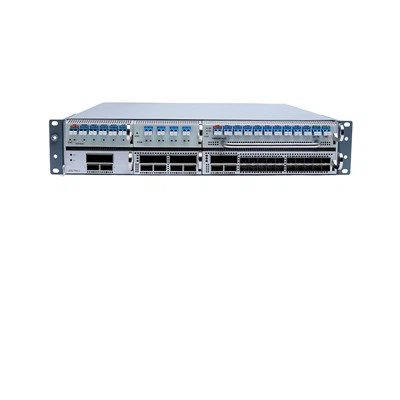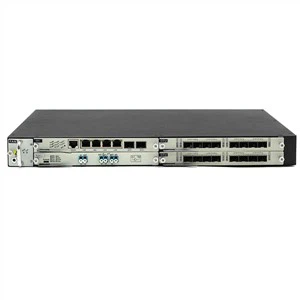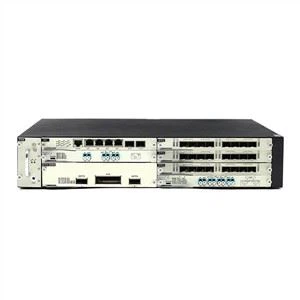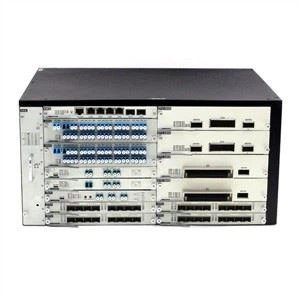
The currently used single-mode silica fibers, such as G.652C and G.652D, have basically eliminated hydrogen loss, and their transmission bandwidth can range from 1260nm to 1675nm, with a total width of 415nm. Generally, the 415nm width is divided into six bands: O, E, S, C, L, and U.
The currently used single-mode silica fibers, such as G.652C and G.652D, have basically eliminated hydrogen loss, and their transmission bandwidth can range from 1260nm to 1675nm, with a total width of 415nm. Generally, the 415nm width is divided into six bands: O, E, S, C, L, and U. The specific division method is as follows:
Initial (O) band 1260nm-1360nm
Extended (E) band 1360nm-1460nm
Short (S) band 1460nm-1530nm
Conventional (C) band 1530nm-1565nm
Long (L) band 1565nm-1625nm
Ultra-normal (U) band 1625nm-1675nm
At present, most of the optical fiber communication in various countries is used in the C and L bands, and only a small part of them are used, and most of the frequencies have not been used.
Large optical capacity transmission device- DCI box (with DWDM/OTN technology),
help your clients make the fast and large data center interconnection.
Welcome you ask for the DCI box quotation and data interconnection solution.
Contact: Taylor Huang, WhatsApp: 0086 18126400550, E-mail: dac@htfuture.com





















